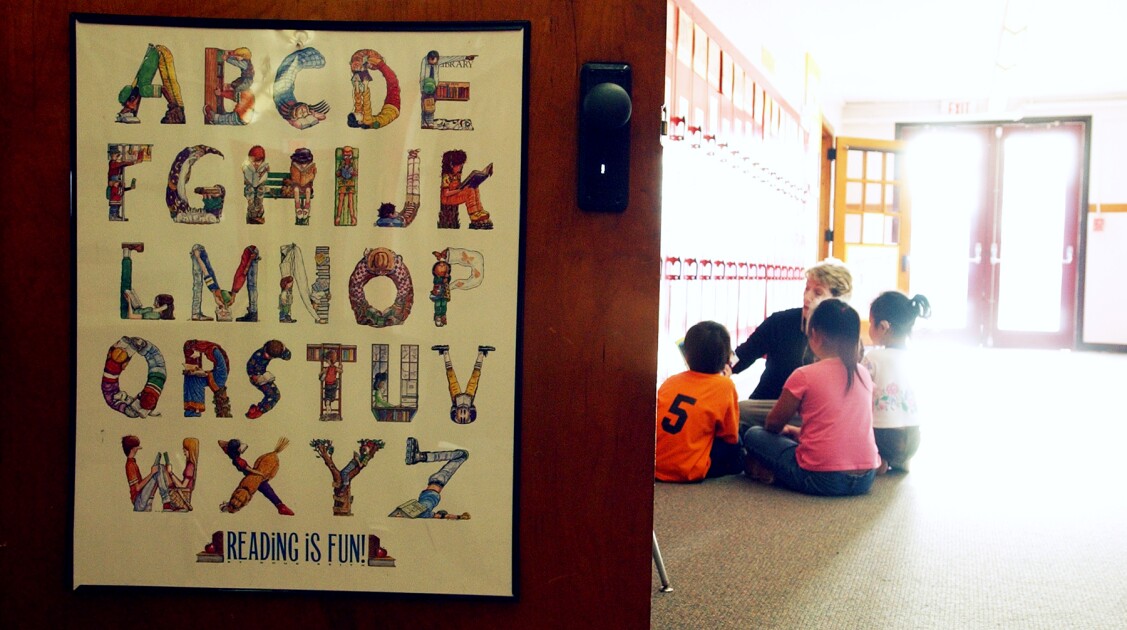How well special education teachers integrate technology into learning depends largely on how involved they are in the decisionmaking process about using technology, according to new research discussed at the 2022 International Society for Technology in Education conference.
“It wasn’t so much the teachers who were the barrier or the students who were the barrier. It was more the way that decisionmaking rolled out within a school or within a district often either allowed technology integration to happen or put up a really big barrier,” said Allison Starks, a doctoral student at the University of California, Irvine and one of the researchers who presented the findings in New Orleans.
When the pandemic started and forced schools to switch to virtual learning, Starks, who formerly worked as a special education teacher and technology integrator, had questions about how virtual learning was rolling out for special education teachers and learners. Starks and her research partner Stephanie Reich wanted to find out what special education teachers identify as “enablers and barriers” to special educators’ use of technology because special education is often overlooked in tech research and design.
Between May 2020 and September 2020, they conducted 20 in-depth interviews with special education teachers across five different states. Each interview lasted about an hour, and the researchers also conducted follow-up surveys.
They found that special education teachers and students are eager to use technology, but they need “structural” support to make that happen, Starks said.
The barriers that special education teachers mentioned were:
- Students not having internet access at home
- Hardware or software were not accessible
- Students’ lack of digital literacy
- Lack of teacher training specific to special education
- Decisionmaking at the school or district level that often left out special education priorities
“I think when resources are limited, it’s really hard to remember special ed,” said one elementary special education teacher who was interviewed for the study.
That is why it is incumbent upon school and district leaders to be more inclusive when creating decisionmaking processes, Starks emphasized.
“It kind of falls on school and district leaders to widen the lens or bring these specialists into the circle” when they’re talking about technology integration, Starks said.
She suggested that school and district leaders form some kind of advisory group that includes teachers from different subject areas (including special education and English-language teachers) to make sure that the diversity of student and teacher needs are met.









